DOWNLOAD COLLOIDAL SILVER FREE INFO PAK HERE
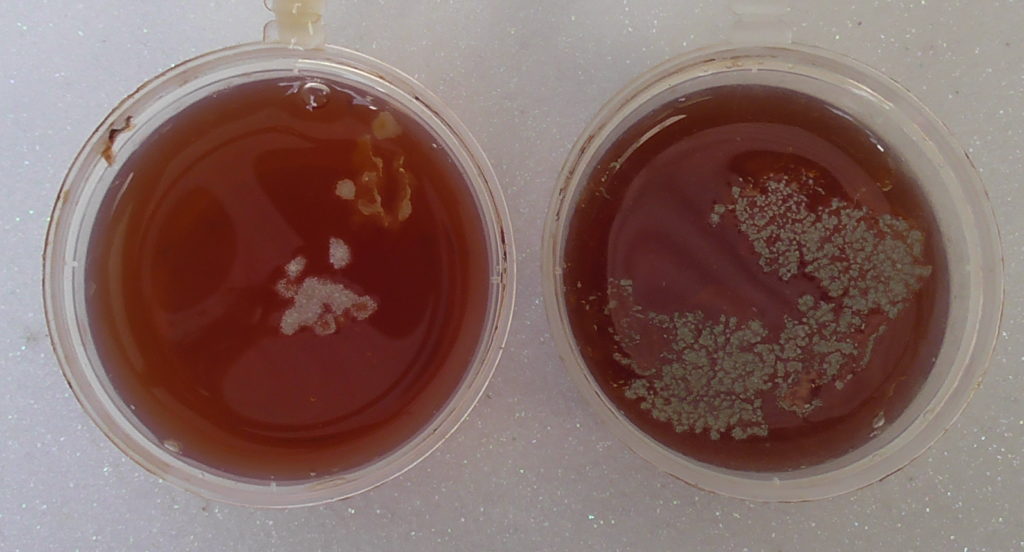
Bulk silver has historically been used in close contact to humans, in cutlery, jewelry, and currency. Ancient civilizations knew about silver’s antimicrobial potential, and colloidal silver has been used for centuries to heal wounds and preserve materials with no obvious toxic effects to humans. Silver compounds were heavily used as antiseptics in World War I, before the development of modern-day antibiotics. Soluble silver compounds (e.g.,silver salts) have been used for treating mental illness,
epilepsy, nicotine addiction, gastroenteritis, and infectious diseases.
From article: Marina E. Quadros & Linsey C. Marr (2010) Environmental and Human Health Risks of Aerosolized Silver Nanoparticles, Journal of the Air & Waste Management Association, 60:7, 770-781, DOI: 10.3155/1047-3289.60.7.770b
On this page we present various extracts from Journal articles to show the exciting prospects that Nano Silver Particles have in treating Viral Infections. We look forward to the day when COLLOIDAL SILVER can be put to the test on Viruses that are causing so much grief in today’s world. We believe that we all have a right to claim our PERSONAL SOVEREIGNTY in all areas of our life be it political or in Health matter and in particular what can or can’t put into our bodies.
WHY IS COLLOIDAL SILVER SO SPECIAL AND UNIQUE? CHECK OUT OUR COLLOIDAL SILVER UNITS HERE
Mechanism of action of silver nanoparticles
In spite of various theories available the exact mechanism of antimicrobial properties of silver nanoparticles is not yet established. Silver nanoparticles anchor to the bacterial cell wall and penetrate it causing structural changes in the cell membrane like the permeability of the cell membrane and death of the cell. Formation of free radicals by AgNPs causing the death of the cell is another mechanism of action of silver nanoparticles. The formation of free radicals is confirmed by electron spin resonance studies. When in contact with bacteria, the free radicals have the ability to damage the cell membrane making it porous, which ultimately leads to cell death. In comparison to other salts, silver nanoparticles show efficient antimicrobial property because of their large surface area that provides better contact with microorganisms. The release of silver ions by nanoparticles in the bacterial cells enhances/improves their bactericidal activity
REFERENCE MATERIAL – PUBLISHED PAPERS – I have placed all reference material on the my website. THERE IS A POWERFUL CASE TO SUPPORT THE USE OF COLLOIDAL SILVER: Silver nanoparticles (AgNPs)…are antimicrobial agents and have demonstrated efficient inhibitory activity against various viruses, including human immunodeficiency virus, hepatitis B virus, and Tacaribe virus….Hemagglutination assay indicated that AgNPs could significantly inhibit growth of the influenza virus in Madin-Darby canine kidney cells (P<0.01 versus the influenza virus control). AgNPs significantly reduced cell apoptosis induced by H3N2 influenza virus at three different treatment pathways (P<0.05 versus influenza virus control). H3N2 influenza viruses treated with AgNPs were analyzed by transmission electron microscopy and found to interact with each other, resulting in destruction of morphologic viral structures in a time-dependent manner in a time range of 30 minutes to 2 hours. In addition, intranasal AgNP administration in mice significantly enhanced survival after infection with the H3N2 influenza virus. …These results provide evidence that AgNPs have beneficial effects in preventing H3N2 influenza virus infection both in vitro and in vivo, and demonstrate that AgNPs can be used as potential therapeutics for inhibiting outbreaks of influenza. (end) REFERENCE – Antiviral activity of graphene–silver nanocomposites against non–enveloped and enveloped viruses Chen, YH Hsueh, CT Hsieh
USEFUL EXTRACTS FROM RESPECTED JOURNALS – Virus infections pose significant global health challenges, especially in view of the fact that the emergence of resistant viral strains and the adverse side effects associated with prolonged use continue to slow down the application of effective antiviral therapies. This makes imperative the need for the development of safe and potent alternatives to conventional antiviral drugs. In the present scenario, nanoscale materials have emerged as novel antiviral agents for the possibilities offered by their unique chemical and physical properties. Silver nanoparticles have mainly been studied for their antimicrobial potential against bacteria, but have also proven to be active against several types of viruses including human imunodeficiency virus, hepatitis B virus, herpes simplex virus, respiratory syncytial virus, and monkey pox virus. The use of metal nanoparticles provides an interesting opportunity for novel antiviral therapies. Since metals may attack a broad range of targets in the virus there is a lower possibility to develop resistance as compared to conventional antivirals. The present review focuses on the development of methods for the production of silver nanoparticles and on their use as antiviral therapeutics against pathogenic viruses. View Full-Text–CITATION – Galdiero, S.; Falanga, A.; Vitiello, M.; Cantisani, M.; Marra, V.; Galdiero, M. Silver Nanoparticles as Potential Antiviral Agents. Molecules 2011, 16, 8894-8918
TESTIMONIALS
CASE ONE:BARRY was a heavy smoker now with legacy of Emphysema. As an 80 yo he is paranoid about getting sick from the flu or any chest infection and indeed recently he had a bug causing him to have difficulty in breathing. He made a glass of colloidal silver. Gargle a third of the glass getting it up the nose canal and drank the rest. He would do this every hour or so for a day. The next day he coughed up a lot of muccus but all the symptoms were gone. He has been doing this for years and swears by it. ( Personal friend who has used it for years)
CASE TWO: I had (covid19) symptoms early on and used a Nebulizer with COLLOIDAL SILVER at 25Oppm. First treatment I got relief. Took another in 4 hrs and the next morning there were NO Symptoms. ( Dr.Richard Bartlett youtube comments)
CASE THREE: In February we got home from a cruise and I had a respiratory illness that was moving deeper into my lungs. I had the idea to use a nebulizer with colloidal silver in the way he’s describing. (Dr Richard BartletI- budesonide video) was markedly better, stopped it’s progression in one treatment. It was AMAZING! I did it 2 more times over the next 2 days. One time I added eucalyptus oil to the silver. ( Dr.Richard Bartlett youtube comments)
There will be many thousands of positive feed back and I would love to hear from you to build this case for Colloidal Silver and other effective treatments. Please email me any time.
I have included the above Abstract and reference to make the point that COLLOIDAL SILVER IS a serious contender and indeed may well be the SILVER BULLET when it comes to an easy affordable treatment for this Covid 19 and any other pandemic that may come our way. It can be made any where in the world with a little power 5V to 24 volts and 10mA with two rods of pure Silver. I have heard of folk using Silver coins. Any silver could be used if there was no 2mm wire handy.In an emergency you do what you have to do to survive but for here in Australia and in developed countries we have no excuse and ‘SOME ONE – SOME HOW’ needs to get some trials going to prove this and other treatments so we can all get on with our lives FREE OF FEAR AND NO MORE LOCK-DOWN
SEVERAL READILY AVAILABLE WATERS HAVE BEEN TESTED AND A TABLE PROVIDED SO THAT YOU CAN EASILY DETERMINE THE TIME NEEDED TO PRODUCE THE PPM REQUIRED FOR YOUR PURPOSE – WATER TABLE HERE
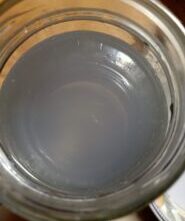
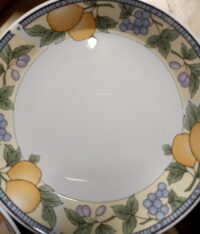

AGGREGATION OF NANO PARTICLES – We need to view under an ELECTRON MICROSCOPE TO SEE THEM AND MEASURE THEIR SIZE. Donations welcome. If down to 10nm they are extremely potent. ALL DONATIONS FOR THIS RESEARCH MOST WELCOME
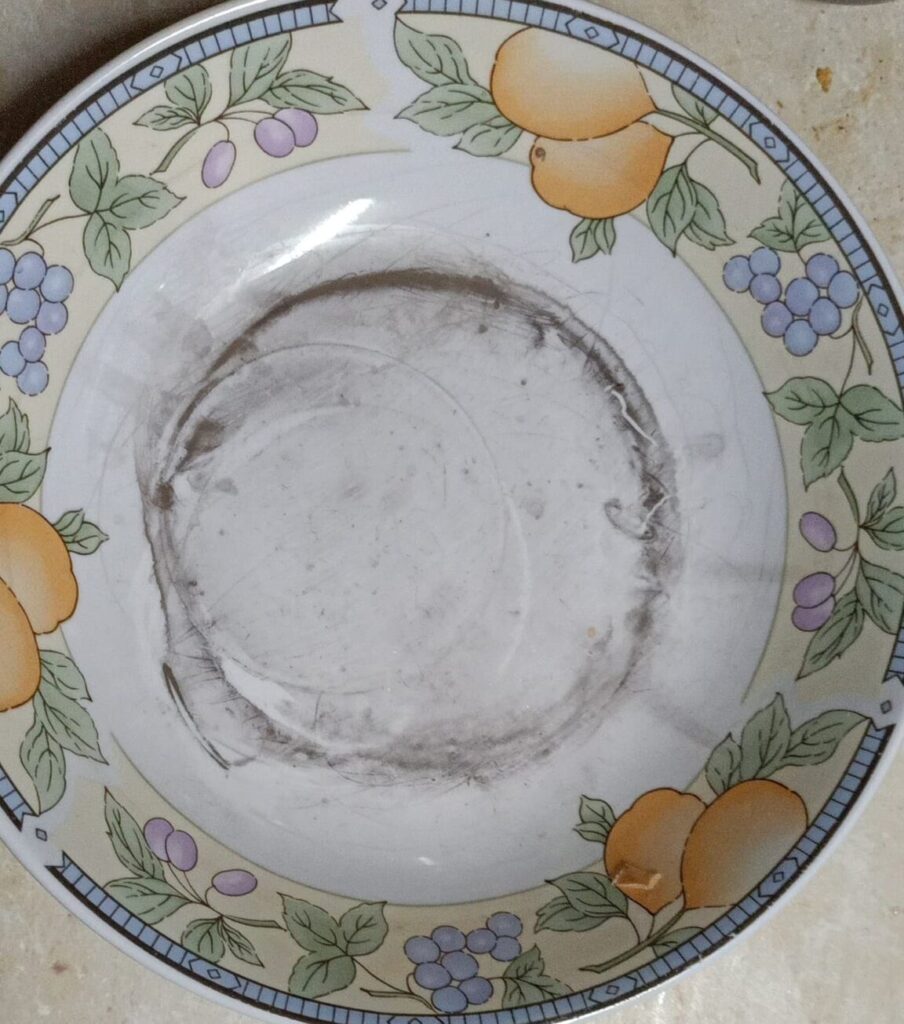

Colloidal Silver and only one other metal has the unique ability to change from an ionized form Ag+ to a Nano Silver Particles AgNPs so that when it enters the body it can continually react and convert from one to the other depending on the environment it is in allowing it to work at the cellular level continuously.
History
Silver has a long history of its usage in different forms and for different purposes. For centuries, the antibacterial properties of silver have been used to fumigate potable water by storage in silver containers . There is anecdotal evidence for the use of nanosilver in ancient Egypt and Rome . The Macedonians used silver plates to improve wound healing and Hippocrates used silver in the treatment of ulcers. In 1520, Paracelsus used silver internally and also applied silver nitrate as a caustic for the treatment of wounds, a practice that continues today. In 1614, Angelo Sala administered silver nitrate internally as a counterirritant, as a purgative and for the treatment of brain infections . C. S. F. Crede is credited with the first scientific publication to describe the medical use of silver in the late nineteenth century. Crede used eye drops containing 1% silver nitrate solution to treat eye infections in new-born [5]. In the United States, colloidal nanosilver, i.e. suspensions of silver particles in liquid, which was registered in 1954 as a biocidal material has been used in medications for nearly one hundred years . Use of silver for antimicrobial properties is not a recent development [7].
HERE IS A MOST INTERESTING PAPER PUBLISHED ON ITS ANTI VIRAL EFFECTS-.This retrospective study of silver-based therapeutics briefly reviews their history, and then explores the modern application of charged silver particles, especially as an antiviral agent. The recent outbreak of severe acute respiratory syndrome (SARS) suggests this is timely. Medical literature shows that a variety of viruses have been successfully treated with silver-based drugs. However, ‘silver salts’ and/or inferior silver preparations lack the bio-availability, active silver content and safety needed to be effective. State-of-the-art, electrolytically produced ‘oligodynamic’ Ag+, however, offers distinct advantages and versatility of use over older and cruder formulations. Possessing much smaller, subnanometer-sized particles, greater electrical potential and lower concentrations, it is more bio-available than other formulations. Efficacy against the SARS-related coronavirus, for example, may be enhanced when nebulized Ag+ is inhaled. This should achieve swift reduction of viral loads, especially in the early stages. Moreover, there is no known toxicity for Oligodynamic Ag+ in humans. The only known mechanism of resistance also appears to play no role notwithstanding the mutability of the coronavirus. Therefore no functional barrier to the virotoxic effects of oligodynamic Ag+ may be expected regardless of the rapidity or variety of mutations.
Metabolism
Silver has been documented to be deposited as particles in tissue, such as the skin epidermis, the glomeruli, and the intestines following oral exposure to both ionic and nanoparticulate silver suspensions. The particle size of these nanoparticles has been described to be 12 nm in diameter in the rat intestine and contain sulphur and selenium apart from silver .Ag+ can react with GSH, producing H+ and GS–Ag, which ultimately forms Ag–GSH polymer complexes, followed by partitioning to various tissues. Upon UV-photodecomposition, Ag–thiol complexes can further be reduced to zero-valent AgNPs with slower rates in visible light. Besides thiols, AgNPs can also be sulphidated to produce Ag2S NPs. In addition, Ag2S NPs can interact with selenium to produce Ag2Se NPs and Ag/S/Se argyrial particulate .
Citation -Eric Rentz Do Comm Cnmo (2003) Viral Pathogens and Severe Acute Respiratory Syndrome: Oligodynamic Ag+ for Direct Immune Intervention, Journal of Nutritional & Environmental Medicine, 13:2, 109-118, DOI: 10.1080/13590840310001594061
WE HAVE TWO COLLOIDAL SILVER UNITS AVAILABLE WITH U.V ENHANCEMENT UNIQUE ONLY TO NUTECH2000
Silver Nanoparticles as Potential Antiviral Agents – “The use of metal nanoparticles provides an interesting opportunity for novel antiviral therapies. Since metals may attack a broad range of targets in the virus there is a lower possibility to develop resistance as compared to conventional antivirals. The present review focuses on the development of methods for the production of silver nanoparticles and on their use as antiviral therapeutics against pathogenic viruses”. …..”Viruses can emerge because of changes in the host, the environment, or the vector, and new pathogenic viruses can arise in humans from existing human viruses or from animal viruses. Several viral diseases that emerged in the last few decades have now become entrenched in human populations worldwide. The best known examples are: SARS coronavirus, West Nile virus, monkey pox virus, Hantavirus, Nipah virus, Hendravirus, Chikungunya virus, and last but not least, the threat of pandemic influenza viruses, most recently of avian or swine origin. Unfortunately the methodological advances that led to their detection have not been matched by equal advances in the ability to prevent or control these diseases. There have been improvements in antiviral therapy, but with a wide margin of ineffectiveness, therefore new antiviral agents are urgently needed to continue the battle between invading viruses and host responses. Technological advances have led to the discovery and characterization of molecules required for viral replication and to the development of antiviral agents to inhibit them”.
“The course of viral infections is governed by complex interactions between the virus and the host cellular system. All viruses depend upon a host cell for their protein synthesis. Thus, all viruses replicate via a broadly similar sequence of events (Figure 1). The virus must first bind to the cell, and then the virus or its genome enters in the cytoplasm. The genome is liberated from the protective capsid and, either in the nucleus or in the cytoplasm, it is transcribed and viral mRNA directs protein synthesis, in a generally well regulated fashion. Finally, the virus undergoes genome replication and together with viral structural proteins assembles new virions which are then released from the cell. Each of the single described phases represents a possible target for inhibition. Drugs that target viral attachment or entrance have proved to be very difficult to be discovered. In fact, to date, only one entry inhibitor has been approved by the US Food and Drug Administration (FDA). This is enfuvirtide (T-20), a synthetic peptide that targets the HIV gp41 envelope protein to prevent fusion.
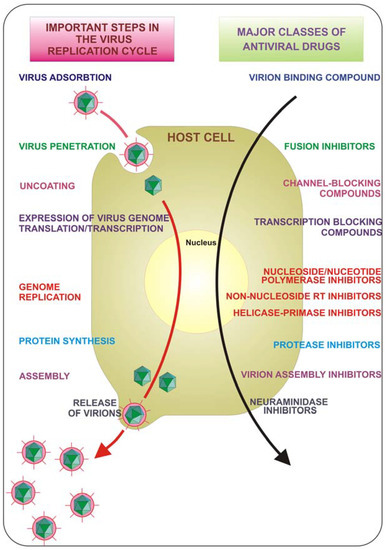
Figure 1. Key steps in the virus replication cycle that provide antiviral targets.
Targeting the early steps of virus entry is a very attractive strategy for therapeutic intervention since the site of action of the inhibitor is likely to be extracellular and therefore relatively accessible; this could be paired by a concomitant action of the same drug on multiple targets to obtain a more effective therapeutic compound. Moreover one could expect, in the future, antiviral agents with a broad-spectrum of action against viruses of different families, to be used as first aid compounds against unforeseen viral epidemics or pandemics.
Due to the outbreak of the emerging infectious diseases caused by different pathogenic viruses and the development of antiviral resistance to classical antiviral drugs, pharmaceutical companies and numerous researchers are seeking new antiviral agents. In the present scenario, nanoscale materials have emerged as novel “antimicrobial agents” due to their high surface area to volume ratio and their unique chemical and physical properties .
Nanotechnology is an emerging field of applied science and cutting edge technology that utilizes the physico-chemical properties of nanomaterials as a means to control their size, surface area, and shape in order to generate different nanoscale-sized materials. Among such materials, metal-based ones seem the most interesting and promising, and represent the subject of the present review.
Nanotechnology is directly linked with physics, chemistry, biology, material science and medicine. In fact, it finds application in multiple aspects of research and in everyday life such as electronics and new material design. However, its use in medical research is probably one of the fastest growing areas in which the functional mechanisms of nanoparticles and especially metal-based nanoparticles are just beginning to be exploited. …. The use of nanoparticles can be extended to the development of antivirals that act by interfering with viral infection, particularly during attachment and entry.
Nanoparticles are properly defined as particles with at least one dimension less than 100 nm, and have attracted much attention because of their unique and interesting properties. Their singular physical (e.g., plasmonic resonance, fluorescent enhancement) and chemical (e.g., catalytic activity enhancement) properties derive from the high quantity of surface atoms and the high area/volume relation, in fact, as their diameter decreases, the available surface area of the particle itself increases dramatically and as a consequence there is an increase over the original properties of their bulk materials.
Considering that biological interactions are generally multivalent, the interplay between microbes and host cells often involves multiple copies of receptors and ligands that bind in a coordinated manner, resulting in enhanced specificities, efficiencies, and strengths of such interactions that allow the microbial agent to take possess of the cell under attack.
The attachment and entry of viruses into host cells represent a terrific example of such multivalent interactions between viral surface components and cell membrane receptors.
Interfering with these recognition events, and thereby blocking viral entry into the cells, is one of the most promising strategies being pursued in the development of new antiviral drugs and preventive topical microbicides .
In recent years, the use of metal nanoparticles, that may or not have been functionalized on their surface for optimising interactions, is seeing increasing success. The idea of exploiting metals against microorganisms can be considered ancient; in fact, the use of silver was a common expedient for cooking procedures and for preserving water from contamination. The importance of silver for its curative properties has been known for centuries, in fact, silver has been the most extensively studied metal for purpose of fighting infections and preventing food spoilage, and notwithstanding the decline of its use as a consequence of the development of antibiotics, prophylaxis against gonococcal ophthalmia neonatorum with silver ions was considered the standard of care in many countries until the end of the 20th century.
Silver’s mode of action is presumed to be dependent on Ag+ ions, which strongly inhibit bacterial growth through suppression of respiratory enzymes and electron transport components and through interference with DNA functions .
Therefore, the antibacterial, antifungal and antiviral properties of silver ions and silver compounds have been extensively studied. Silver has also been found to be non-toxic to humans at very small concentrations. The microorganisms are unlikely to develop resistance against silver as compared to antibiotics as silver attacks a broad range of targets in the microbes.
Considering the broad literature that describes silver, as a bulk material, effective against a wide range of pathogens, silver nanoparticles have been analysed and found to be extremely appealing. The silver nanoparticles have also found diverse applications in the form of wound dressings, coatings for medical devices, silver nanoparticles impregnated textile fabrics .
The advantage of using silver nanoparticles for impregnation is that there is continuous release of silver ions enhancing its antimicrobial efficacy. The burn wounds treated with silver nanoparticles show better cosmetic appearance and scarless healing . Silver nanoparticles have received considerable attention as antimicrobial agents and have been shown to be effective mainly as antibacterial.
Antimicrobial effectiveness was shown for both Gram-positive and Gram-negative bacteria. The antibacterial activity of silver nanoparticles was mainly demonstrated by in vitro experiments. Activity against methicillin-resistant Staphylococcus aureus (MRSA) , Escherichia coli, Pseudomonas aeruginosa , Vibrio cholera and Bacillus subtilis has been documented.
